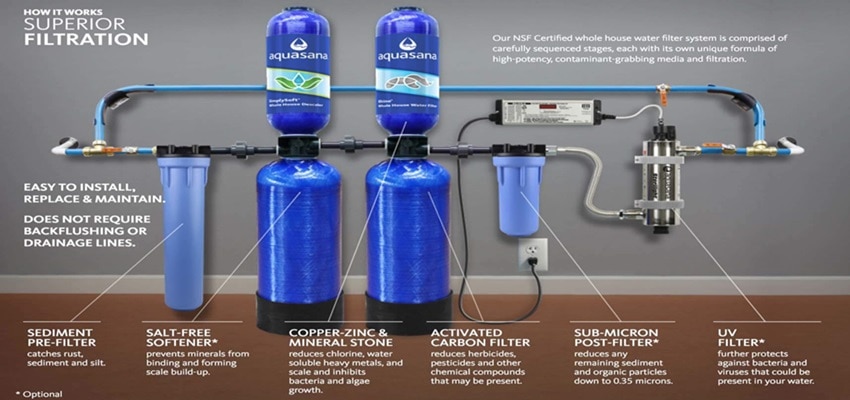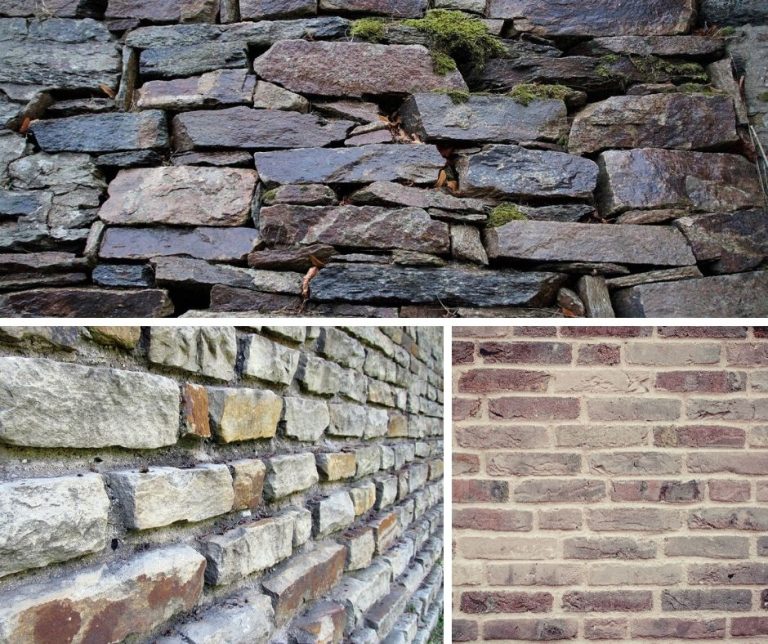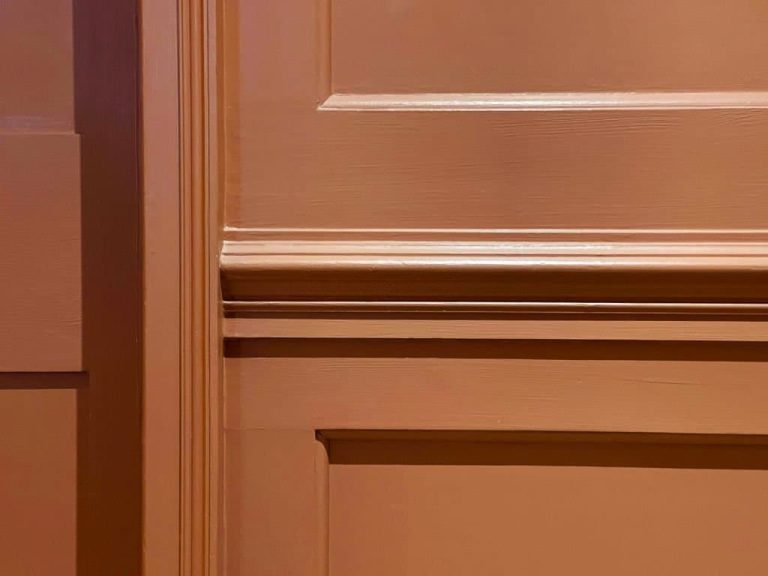Everything You Need to Know About Whole House Water Filters
Some of us think that water systems in different homes are all the same. But did you know that some people have healthier water coming out of their faucets? In contrast to this, some people settle for low-quality and contaminated water.
Regardless of how it is, technology has paved a way for us to get reliable whole house water filtration systems to make sure we have good quality and healthier water flowing from all the outlets at home.
Table of Contents
What is a Whole House Water Filtration System?
Also known as Point of Entry (POE) systems, a whole house water filter is installed to filter the water before it is regulated into hot and cold water. This means you will have healthier and cleaner filtered water coming out of faucets, washing machines, toilets and faucets in your entire home.
Having your water filtered means reducing contaminants in your water, improving the flavor of food and beverage prepared with the water in your home, and getting healthier skin and hair when washed. This also enables improvement in indoor air quality as there will be no odd smell coming from your water.
Do You Need a Whole House Water Filter?
No matter where your source is, it would still be best to know that you are getting clean and high quality water. If you want to know if there is a need for a water filtration system in your home, purchase a test kit to know what kind of water is flowing from your source.
The four most popular indications for a whole house water filter is when you notice minute particles in your water or when it looks cloudy. It can be that your water has a weird smell or taste. Or it can also be a result indicating the presence of bacteria or chlorine in your water.
Why Do You Need a Whole House Filter?
A lot of households turn to whole house water filtrations systems because of the quality of their water. One common problem that leads to this would be water contaminated with chlorine.
Over the years, chlorine has been the number one choice for disinfecting water. Whether you believe it or not, some people have been accustomed to drinking chlorinated water that they may find non-chlorinated water tasting different and weird.
Respectively, chlorine has been effective in getting rid of bacteria and other contaminants in water. However, it comes with drawbacks that can be seen in the form of having dry skin and hair, and more.
A whole house filter does not need chemicals like chlorine to purify water. It produces filtered water in the same quantity, not like other filtration systems that get rid of wastewater thereby causing less output.
How Does a Whole Home Water Filtration System Work?

There are different kinds of whole home water filtration systems, each one may differ in terms of the mechanism it uses, but the main goal stays constant. The end game should always be to filter bacteria laden water and minimize the number of contaminants present in the water.
Sediment pre-filter
Water will initially have contact with a sediment pre-filter created to remove large particles in the water. This filter exists to prevent sediment, rust, sand, silt, debris and particles in the water from going through to the next series of filters. So basically, this layer makes sure to keep the other filters ready for long-term use.
Activated Carbon Filter
The next step would be the part where water goes through an activated carbon filter. This part comes with a huge porous surface, thereby removing more contaminants from the water. This is where the process called adsorption happens. It is a natural process where the contaminants are drawn to its crannies and nooks.
This is a very important part of the filtration process because this mostly removes chlorine, resides from the sediment, foul smells, off tastes, and any other volatile organic compounds (VOCs). In some cases, manufacturers add silver to this to add an antibacterial feature to this.
Copper-zinc and Mineral Filter
This plays a part in removing the last traces of chlorine, heavy metals, bacteria and other microorganisms in the water. This filter facilitates in eliminating the scale in the water through a softener or a descaler.
Optional Steps
- Ion-Exchange Filter: Water passing through this will go through some ion-filled resin beads. When particles such as calcium and magnesium go through these, they will stay and take the place of sodium ions. This makes the water softer and a bit salty.
- Post-filter: You have the option to use a post-filter which has a mesh full of holes. This is the final filter that gets rid of everything after going through the previous ones.
- UV filter: This is an efficient way to kill the remaining viruses, microorganisms and bacteria in the water. This is recommended to those with sources that have a high bacterial contamination.
Finding the Right Whole House Water Filter for You
A big chunk of your decision should be based on your water test results and the analysis of your average water consumption. Do note that you have to get a filter that can accommodate your total water consumption. The larger the volume, the better quality the filter should be. This is to avoid frequent filter replacements that may cause you an arm and a leg. You have to get one with the least maintenance needed and one that is designed to last for a long time.
Also, another component to consider would be the micron rating for the filter you are to get. If you want the best ones, go for those that filter anything beyond 0.35 microns. The average water filter only blocks anything larger than 1 micron. So those that perform better are expected to be more expensive.
Conclusion
Water is an essential part of our day-to-day activities. Wouldn’t it be nice to know that you are getting good quality and non-contaminated water especially in your home? Get the peace of mind you deserve by getting a whole house water filter to deliver you safe and healthier water every day.







